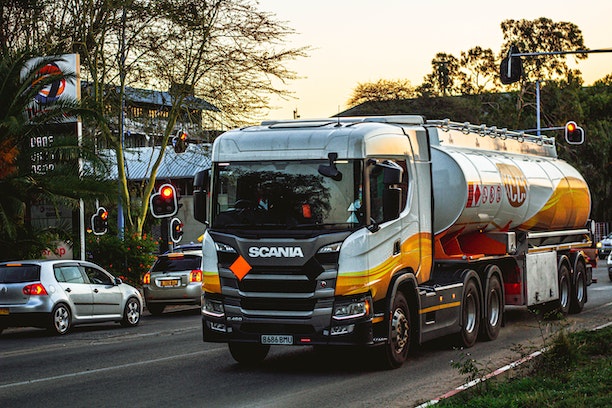Harnessing Video Technology: Paving the Way for Safer Roads
In recent years, technological advancements have changed our world in profound ways. From smartphones to artificial intelligence, we’ve seen transformative innovations make their way into every sector. One of the areas where technology promises substantial improvement is driver safety. More specifically, video technology has emerged as a tool with immense potential in this domain. 1.Enhanced… Continue reading Harnessing Video Technology: Paving the Way for Safer Roads


